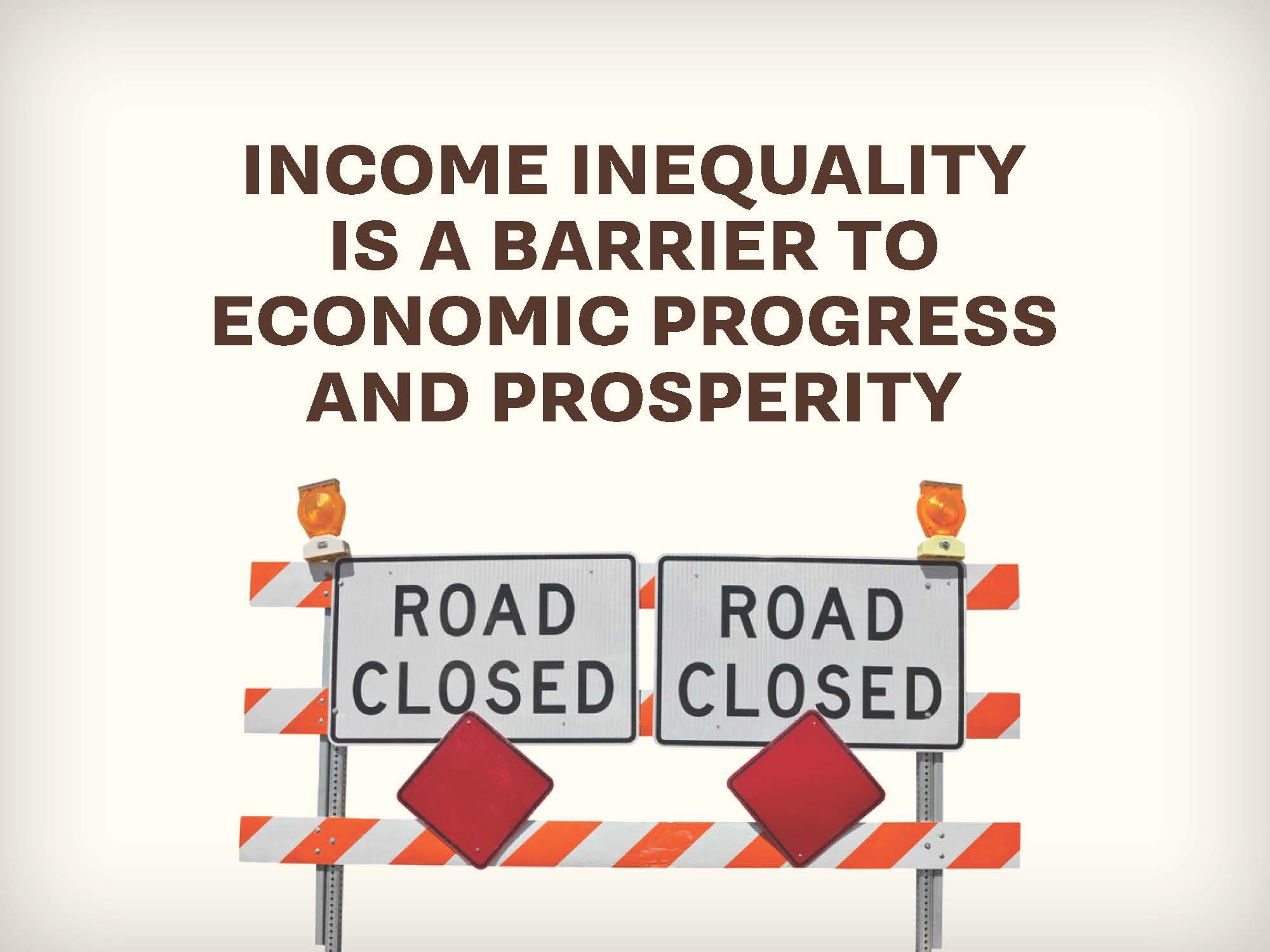Different View of NY’s Inequality Numbers
March 11, 2013. A letter to the editor by James Parrott, Crain’s New York Business. Greg David's March 4 column (“Inequality debate doesn't reflect reality”) could have been titled “Economists agree NYC's inequality is very high and poverty is up; some think it's a problem.” Fiscal Policy Institute reports have documented this reality: The local economy has fared better than the nation overall in the recovery, yet inflation-adjusted median incomes here have plummeted by 8%, more than for the U.S. overall, and poverty has increased [...]



